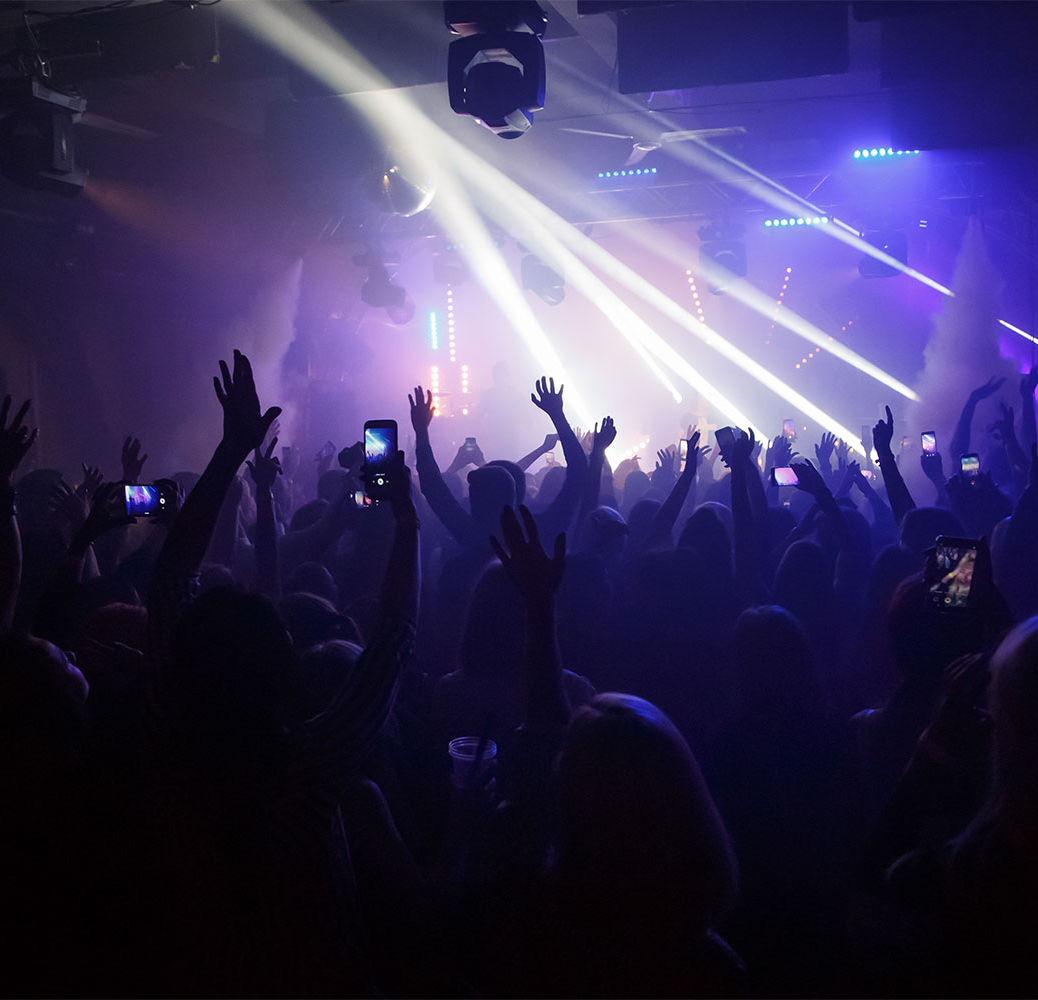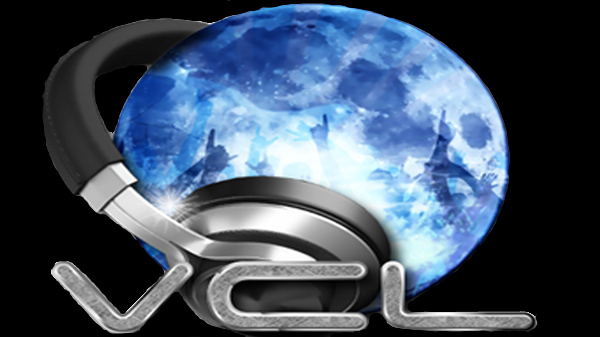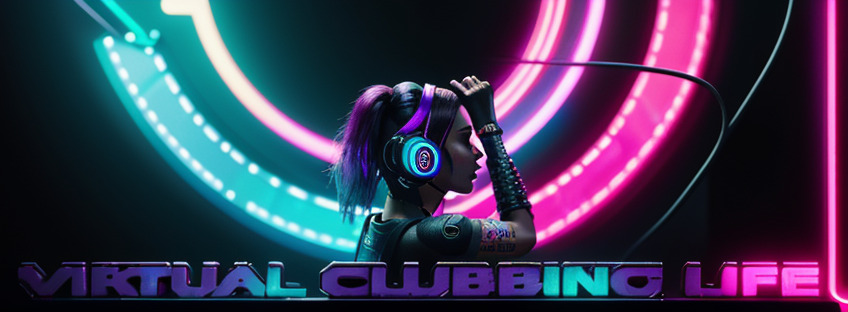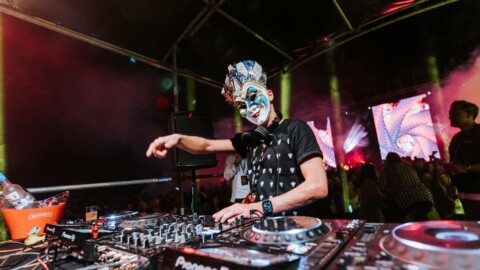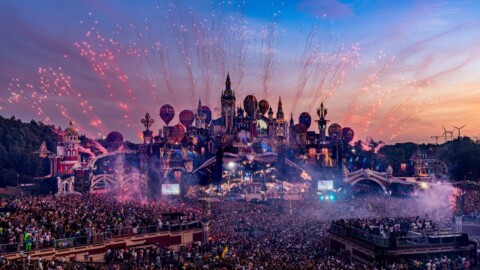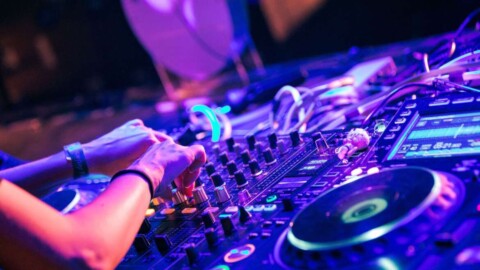Teasing out the differences between micro-genres of techno was a favorite pastime of the early internet. With the popularization of EDM (Electronic Dance Music) as a mainstream genre in the music world, the pedantic game of identifying certain trends and sounds has become increasingly obscure. And what’s become broadly known as “club music” often gets left out of this conversation.
Bass-heavy bangers are essential for any trip to the club — whether it’s in-person or a Zoom dance extravaganza. Although late-night party music all tends to blend together if you’re debauched enough, subtle differences in style actually denote vastly different histories and traditions within club music. Due to the implicit racism of the electronic music world and nightlife industry — and the erasure of both Black and LGBTQ cultures and histories in the narrative of Western art — club music doesn’t get much respect as a sophisticated style of music.
Now, in celebration of the indefatigable spirit of club-goers around the world, we’re going through five sub-genres of club music that you absolutely need to know before you hit the floor.
Exemplary artists: Cybotron, Model 500, Inner City
Exemplary tracks: “Backlash” by Cybersonik, “Big Fun” by Inner City, “Strings of Life” by Rhythm is Rhythm
Beats Per Minute (BPM): approx. 150
One of the most galling and disappointing aspects of the current EDM movement is its ignorance of its own roots. The big festival-trap bangers celebrated by Coachella attendees actually owe a lot to the early movement of Detroit techno, which came from a middle-class Black culture that predated the city’s economic devastation and more recent ongoing revival. Detroit techno gained popularity in gay bars and underground parties before what became known as raves were even really thrown. Detroit techno continues to have an underground following in its hometown and beyond. Although it sounds distinctly different from the EDM you hear in clubs now — notably less joyful and harmonious — we could never have arrived at the music we have today without Detroit techno.
Sonically, Detroit techno uses mechanical, impersonal, and cold instrumentation to approximate a dark dystopia that the artists had read about in books like Alvin Toffler’s The Third Wave. Detroit techno musicians aimed for both precision and simplicity with repetitive percussive noises and sounds inspired by European synthpop, soul, funk, and disco. The political message was often Afrofuturistic.
Exemplary artists: TT The Artist, Rye Rye, Blaqstarr, Mighty Mark, DJ Technics
Exemplary tracks: “Pussy Ate,” by TT The Artist, “Shake it to the Ground” by Rye Rye and DJ Blaqstarr, “Bring in the Cats,” by KW Griff
BPM: 120-140
Baltimore Club music is often seen as the foundation for a plethora of more contemporary club music genres, although it probably still doesn’t receive as much credit as it should. Combining house, breakbeat, and (lately) hip hop — Bmore club frequently uses a call-and-response structure and heavily repeated and/or cut up vocals with an 8/4 beat structure. Crews in Baltimore were known for contentious dance battles that were spawned from and powered by the booming bass beats. Baltimore club music is notably optimistic and empowering, especially in its more contemporary forms: Artists often create tracks that are odes to body positivity, feminism, and togetherness. The occasionally raunchy or violent lyrics sometimes belie a more encouraging message.
Exemplary artists: R3LL, Uniiqu3, DJ Sliink, DJ Jayhood, DJ Taj
Exemplary tracks: “Show Me Love (Remix)” by DJ Jayhood, “Vibe” by Cookiee Kawaii, “Hot N*gga (Remix)” by DJ Lil Taj
BPM: Originally 130-135, nowadays 145-175
Of the many genres catalyzed by Baltimore club’s popularity and creativity, it was Jersey Club that went global. Perhaps because of its proximity to New York, which led to Jersey Club classics being played on mainstream hip hop stations like Power 105 and Hot 97, Jersey Club caught fire about seven years ago and has become the de facto sound of urban streets in the Northeast. With Youtube’s growing ubiquity, viral dance videos helped spread the Jersey club gospel around the world as well. You can easily identify a Jersey Club track by its triplet kick pattern and its cut-up samples of contemporary hip hop music from Beyonce to Bobby Shmurda to Megan Thee Stallion. Jersey Club’s got a sense of humor too, with sexually aggressive lyrics, bed squeaks, and air horns saturating many songs. There’s something refreshingly predictable about Jersey Club song structure, making it an accessible genre for bedroom producers to replicate and emulate — and easy for DJs to mix into club music sets.
Exemplary artists: MikeQ, Byrell The Great, Divoli S’vere, LSDXOXO
Exemplary tracks: “Feels Like (feat. Kevin JZ Prodigy)” by MikeQ, “Bubble Drip (feat. Kassandra Ebony, WARREN B., Princess Precious)” by Byrell The Great, “Fleek” by Ash B.
BPM: 120-140
Although more recently Ballroom and Jersey Club have an increasing overlap, the history of both genres is quite different. What’s become known as ballroom music or ballroom house grew out of the disco music that was played in Harlem’s underground gay clubs and balls — competitions in which predominantly Black and Latinx gay, trans, and queer people battled for trophies by dressing in drag and voguing down. Ballroom music almost always uses an iconic sample from “The Ha Dance” by Masters at Work (the crash sound signifying when dancers should hit a dip — a signature move of vogue dancing) with acid-influenced synths and compelling hooks. Ballroom music is often accompanied by a live commentator who calls the action of a vogue battle with a unique (and often very vulgar) form of chanting. Ballroom culture has most recently been the subject of TV shows like Pose and Legendary, but Ballroom’s biggest proponents are often fiercely protective of their art given what happened with culture vultures who latched onto Madonna’s “Vogue” in the ’90s and then abandoned the style when it was no longer trendy. Ballroom music has unfortunately been borrowed by white, cis, heterosexual men who don’t understand the spirit or roots of the genre, prompting outrage from within the POC and LGBTQ+ community. More recently, experimental artists have taken the tropes of ballroom music and incorporated them into more abstract, experimental tracks.
Exemplary artists: Magnolia Shorty, Sissy Nobby, Katey Red, Big Freedia
Exemplary tracks: “Gin In My System” by Big Freedia, “Tupelo” by Sissy Nobby, “Where Da Melph At” by Katey Red, “That’s My Juvie” by Magnolia Shorty
BPM: 90-110
Bounce, aka New Orleans Bounce, is a style of hip-hop music that features cut-up call-and-response chants and distorted, thumping bass. The most defining feature of bounce — other than the Triggerman beat (a sampled 1-bar loop from the track “Drag Rap” by The Showboys) — is often its volume, which is blasted at ear-shattering levels during live shows. Bounce is notable for — if not creating — at least popularizing twerking as a dance form. Bounce music comes from Nola’s housing projects and took off in both gay and straight venues, with uniquely mixed crowds joyfully celebrating human sexuality and anatomy. Bounce music remains ubiquitous in its hometown. The genre’s biggest hero, Big Freedia, was one of the first artists to begin throwing concerts and parties after the city’s decimation caused by Hurricane Katrina and helped to return hope to the destroyed area. Mainstream stars have gotten their hands on bounce music: Drake’s “Nice For What” being the foremost example of its usage by non-Nola artists.
The Essential Guide for MenThe Manual is simple — we show men how to live a life that is more engaged. As our name implies, we offer a suite of expert guides on a wide range of topics, including fashion, food, drink, travel, and grooming. We don’t boss you around; we’re simply here to bring authenticity and understanding to all that enriches our lives as men on a daily basis.
